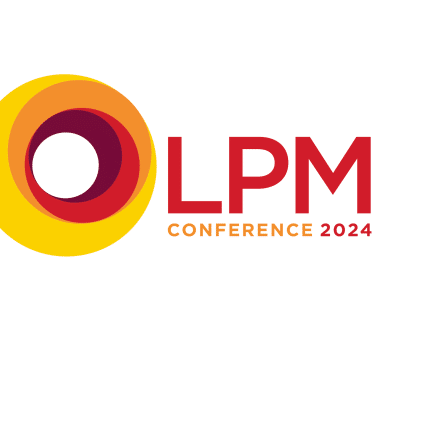
The AI opportunity for the legal industry
Following in the financial sector’s footsteps to leverage AI to enable collaboration in the legal industry, makes for a rational conversation, says Simon Farthing, LexisNexis Enterprise commercial director.
For some time now there have been many examples of AI use cases in our daily life – think Siri, Alexa, facial recognition and more – but generative AI and more specifically, ChatGPT, has seemingly captured the imagination of the world. Perhaps what lends the ‘wow’ factor to ChatGPT is that it’s the most tangible avatar of AI technology thus far.
Its allure is easy to grasp – a few simple commands and it can generate impressive lengths of text, with stealthy realism. “ChatGPT write my daughter’s homework essay on ‘the playground’”; “draft a Fee Agreement for X property”; “draw up my Will based on the following data”; “compose my business report”; and so on. Of course, the level of trust that can, and should be, attributed to its output derived from the worldwide web is a major question mark. Exercising caution over the nature of data that is shared with the chatbot is imperative too. In the workplace, adopting generative AI in consultation with technology providers is the recommended approach.
In business, AI technology more broadly offers tremendous potential to genuinely disrupt traditional approaches, and deliver a positive game-changing customer experience, across industry sectors. In this context, AI’s application in aiding collaboration merits examination.
Frictionless sector-wide collaboration can facilitate cost reduction, better pricing, and business efficiency – all of which are key factors that contribute towards enhancing the customer experience. The financial sector has proven this approach. So, following in the financial sector’s footsteps to leverage AI to enable collaboration in the legal industry makes for a rational conversation.
Take litigation. Potentially there could be an opportunity for the industry to establish standard processes to make collaboration across the sector easier, simpler, and more effective, for the benefit of all involved parties. To this end, what if collectively, the industry players identified the different claim types, the payment types, the typical outcome worth of the claim types, and so forth? With firms predictably generating the same type of data, the involved parties could also agree on the data capture processes, how and where the encapsulated data is stored, and the method or tool by which AI is applied for interrogation and collaboration Thereafter, automated processes could be devised to triage and qualify future claims. It’s not difficult to envisage the speed and efficiency such an approach would deliver, right?
Likewise, the conveyancing sector could explore how AI could be adopted to facilitate creation and enforcement of industry standards and best practice so that there is material and wholesale improvement in customer experience.
These are just a couple of illustrations of how innovative technology, including AI, could be used to the legal sector’s advantage if an informed, collaborative approach is undertaken to define what good practice looks like. In adopting such a mindset, we as an industry can look forward to sustained and continuous improvement of how we use technology in the legal world and as a result, shape how law is delivered in times to come.




